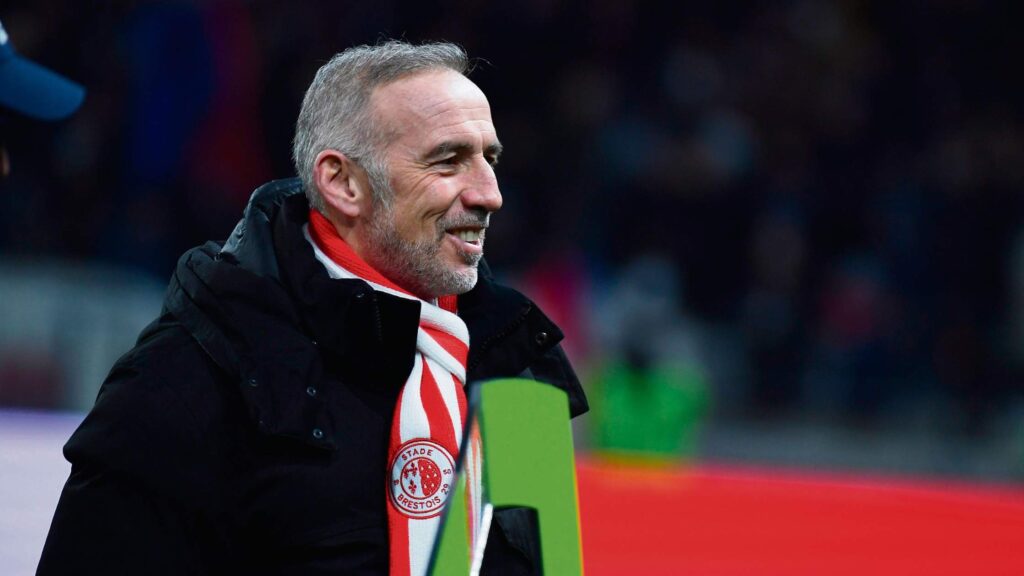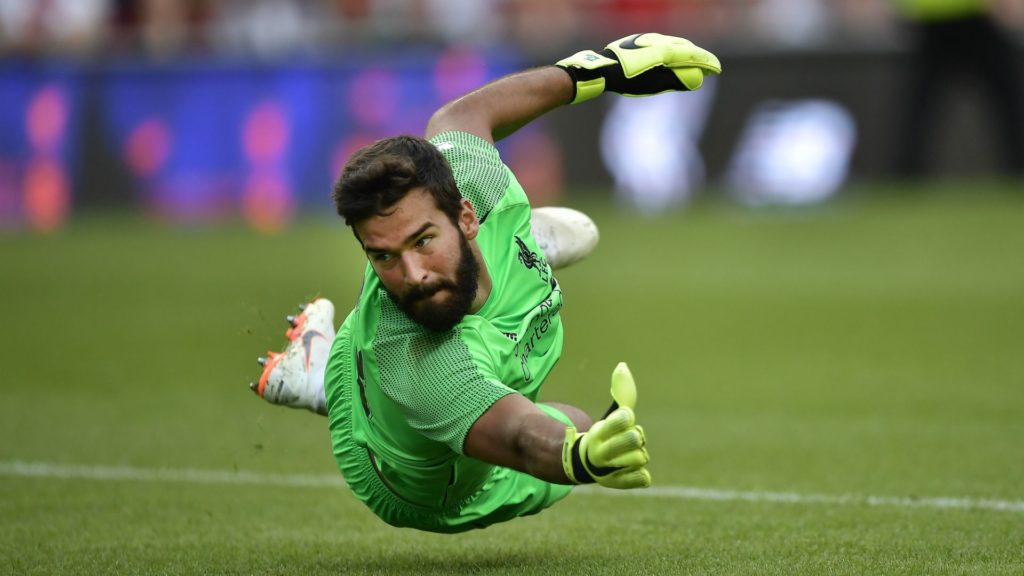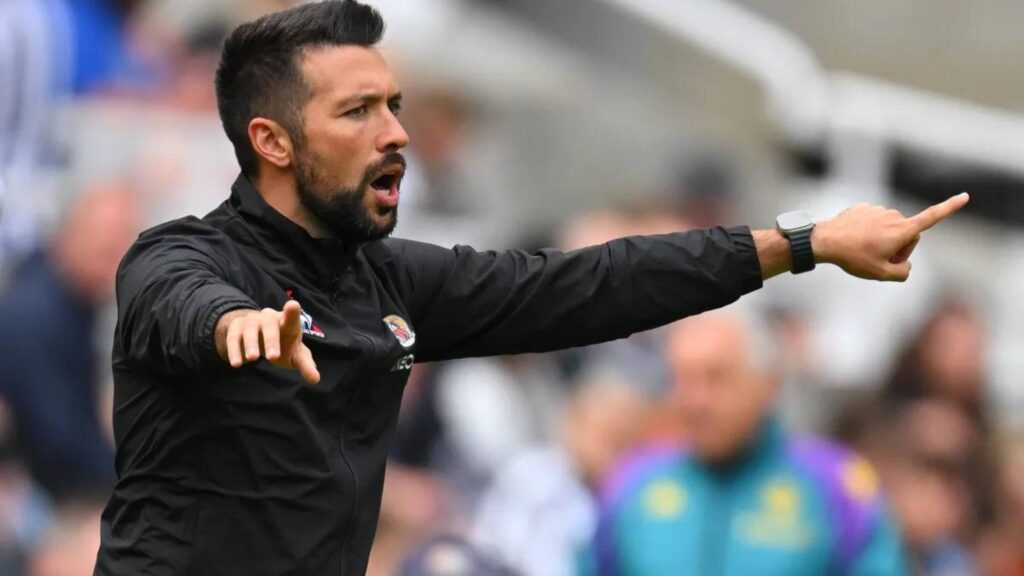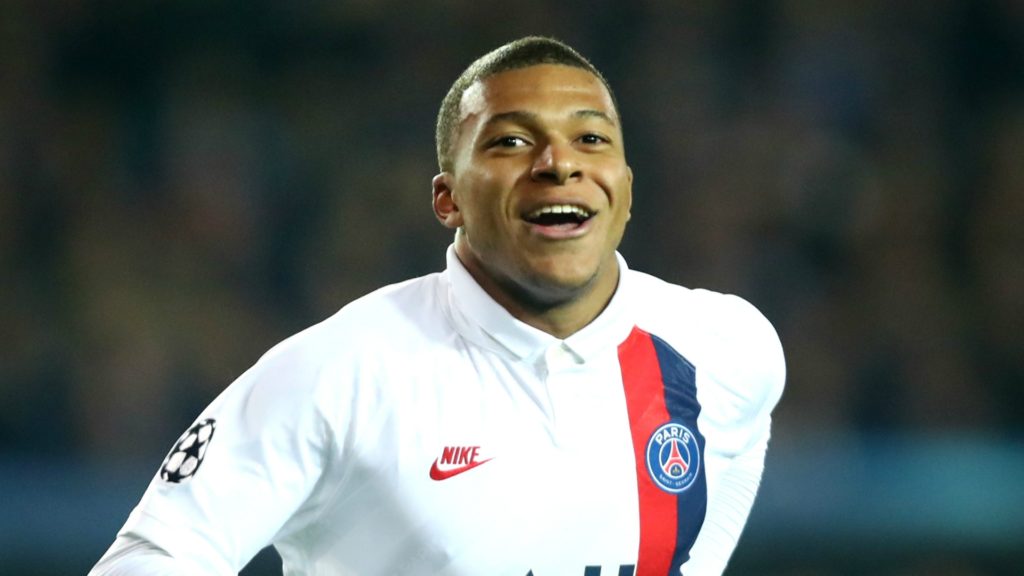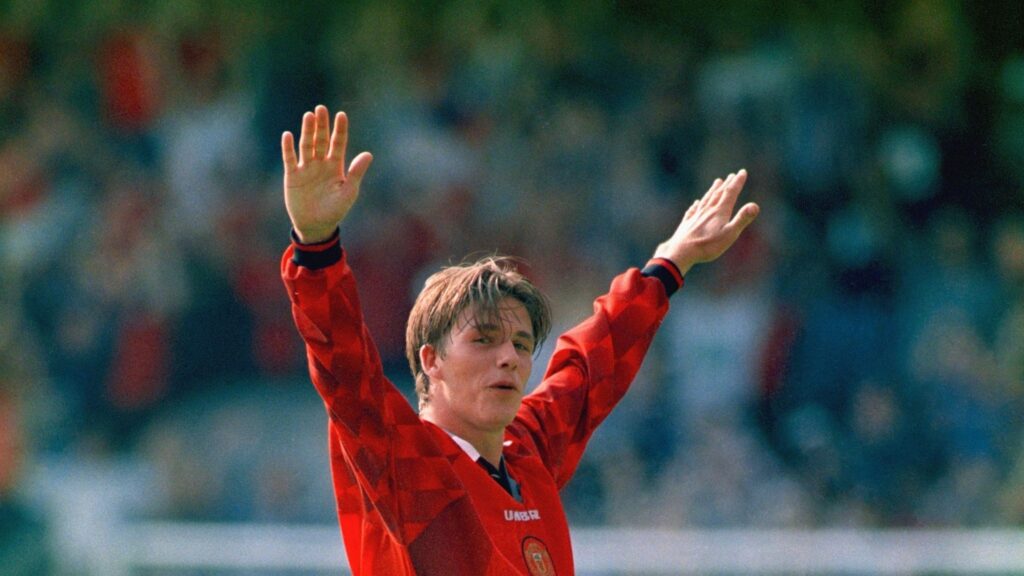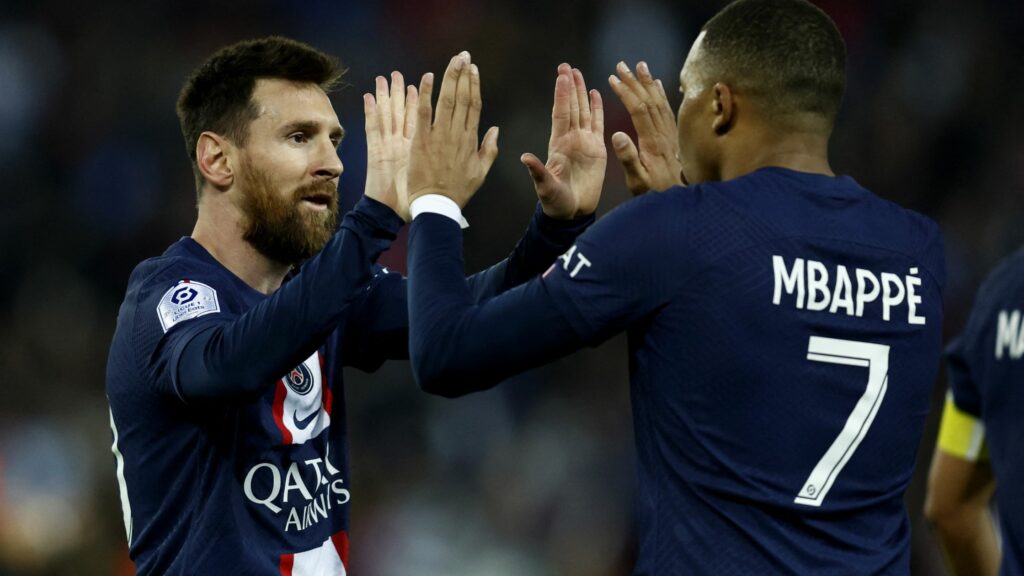Roberto de Zerbi is one of the most touted football managers of recent years. He’s also a man who inspires devotion or creates conflict wherever he goes. It’s not just his reputation and personality that have made his appointment as manager of Olympique de Marseille intriguing. It’s also his tactics and man-management skills.
Today, with full knowledge that De Zerbi’s time in Ligue 1 could very well end tomorrow, I take a look at his Marseille tactics and just why this is one of the most exciting, albeit volatile, teams in Europe.
Roberto de Zerbi Career Prior to Managing Marseille
Roberto de Zerbi’s Brighton tactics, as well as his charisma and passion for the game, made him an undeniable star in the world of footall. His on-pitch innovations earned him praise from fellow managers like Pep Guardiola, but his personality also meant that his time in charge of the Premier League club was cut short.
That’s only part of De Zerbi’s story, however. De Zerbi was a respected journeyman midfielder. Known for strong leadership qualities, intelligence, and slightly above-average skills, he played for numerous clubs, most notably Napoli and Foggia.
De Zerbi expressed an interest in becoming a manager when he hung up his boots. He was a coach of his former club, Foggia, making his park with a highly dynamic style of play. This led to opportunities to manage Palermo, Benevento, and Sassuolo, which De Zerbi managed to transform into one of the most exciting teams in Serie A.
This is what initially earned him the position of manager with Shakhtar Donetsk, Ukraine’s most successful football club. And it was also his Italian success that led to his being asked to join Brighton in 2022, taking over for the equally well-regarded Graham Potter, who had just moved to Chelsea.
Many were surprised when De Zerbi abruptly opted to quit his job with Brighton in 2024. Even more were surprised when, contrary to rumors, he didn’t sign for one of the top Premier League clubs, such as Manchester United or Chelsea, and chose slumbering giants Olympique Marseille from France’s Ligue 1.
Tactical Philosophy
There are two things that are always brought up when discussing De Zerbi’s managerial acumen – his modern attacking tactics and his approach to man-management.
Yes, De Zerbi works best within a club with a strict structure and a clear scouting strategy. This is because his tactics demand a lot of the players. The Italian plays aggressive, attacking football. This approach prioritizes possession, a high press, and a great work rate.
Because of this, De Zerbi also tends to sign players who have something to prove and thus will be willing to make the colossal effort required to play this way.
Established players like Pierre-Emile Hojberg, Neal Maupay, Adrien Rabiot, or Mason Greenwood were signed by OM in 2024, alongside highly promising youngsters like Elye Wahi or Ismael Kone.
Many of the players who have worked with De Zerbi in the past talk of extraordinarily infectious passion for the game. However, the manager has also earned the reputation of a professional unwilling to compromise. Early during the 2024/25 season, De Zerbi nearly quit following disappointing results and reports of personal conflicts with some of his players.
Formations and Adaptability
Roberto de Zerbi’s tactics are nothing if not highly modern. In fact, at the most basic level, there is little that a manager like Guardiola uses, which De Zerbi doesn’t also employ. This is true for the formation as well.
OM has begun nearly every game in a 4-2-3-1 formation, in which the experienced defensive midfielders Hojberg and Geoffrey Kondogbia play vital roles. Recently, with one full-back joining the midfield line, OM has also started in a 3-5-2 formation.
After trying to use Potter’s 3-4-2-1 formation at Brighton, De Zerbi switched to a 4-2-3-1 for most of his time in England. However, this is a very versatile starting formation. In possession, it easily can be translated to a 2-4-4 or, more often, to a 4-2-2-2.
What is notable about De Zerbi’s Marseille is that the team plays much more directly than Brighton did. Central defenders and, especially, goalkeeper Geronimo Rulli, are involved in quickly progressing the ball past the opposition’s press and into the final third.
However, when defending, Marseille will switch back to a 4-2-3-1. The pressing is less relentless than what Brighton used to employ. Instead, De Zerbi wants his players to concentrate on keeping a compact shape and on forcing the opposition into wide areas. This is, however, an area where OM needs to improve, as the risky approach has often resulted in many goal-scoring actions for the opposition.
Olympique Marseille in Defence
Typically, when defending, De Zerbi will want four defenders playing on a flat line and two midfielders defending ahead of them. One of the wide defenders tends to have a more attacking role in possession. The team typically plays with a mid-high press. One of the main objectives is to regain possession within seconds of losing the ball. The other is to force players into wider areas, forcing them to cross or try a through ball.
OM, as we’ve seen across the season, is vulnerable against counterattacks. One way to fight against this is to have the players not involved in the build-up sit around the midfield line and look to create superiority in the center of the pitch and cut off passing lanes.
Essential to this approach is creating a highly compact structure when defending, not dissimilar to Vitor Bruno‘s FC Porto tactics. This means that the opposition cannot play through the lines and that they find it difficult to use a more skillful player acting as a False Nine.
For this to work, players must coordinate in order to keep the offside trap functioning properly. The two holding midfielders play an especially important role. Both must shift smoothly from offensive to defensive duties, helping to shield the defensive line. Hojberg and Kondogbia lead the team in terms of successful tackles. The former has won the most tackles in Ligue 1 this season.
Marseille in Attack
While Marseille plays in a 4-2-3-1 formation, the player roles are more important than strict positions. De Zerbi’s main objective in any attacking scenario is to create numerical superiority by moving players around to suit the team’s needs.
When playing against an opponent that features a flat four defense, OM will always move players to always enjoy a 5 vs. 4 superiority. Most of the attacks are done on the flanks, especially on the right side.
When doing this, the full-back, wide midfielder, and one of the central midfielders will move to ensure that the player in possession has passing opportunities. For example, this occurred often in OM’s recent away victory against Lens. Attacks on the right flank left striker Neal Maupay often in dangerous attacking opportunities, which he tended to resolve through cutbacks to a midfielder.
Players are also often encouraged to make decoy runs. Central midfielders or attackers will often do this, thereby leaving the opposing full-back with a choice as to whether to follow them or track back the winger.
Build-up Phase
In fact, players move to create triangle shapes across the pitch, using this to play through the opposition’s press. This fluidity of movement and the versatility of the players also allows them to be comfortable playing between the lines or suffocating through possessing an opponent that decides to sit deep and defend.
De Zerbi prefers highly versatile players. It’s no coincidence that a defensive midfielder like Hojberg or Valentin Rongier has been so involved in the team’s attacks.
Of course, all of these strategies are part of the high-risk/high-reward for which De Zerbi has earned a reputation. Moving these players to attacking positions can leave the team vulnerable to counterattacks or against highly skilled players. OM currently has one of the worst defensive records of the Ligue 1 teams in the first half of the table.
What’s Next for De Zerbi and Marseille?
There was an incredible amount of excitement at the news that Roberto de Zerbi, one of the most in-vogue football managers, had joined Olympique Marseille.
His choice of tactics and recruitment has had supporters as well as critics. OM’s has been delightful at times, but the players seemed on the verge of breaking down at others.
Marseille is a highly volatile team. But this also makes them exciting to watch and dangerous to play against. Can De Zerbi bring Marseille a Ligue 1 title when it last won it back in 2010? Perhaps, but it may need to be done quickly. Some things, no mater how spectacular, are simply not meant to last.











